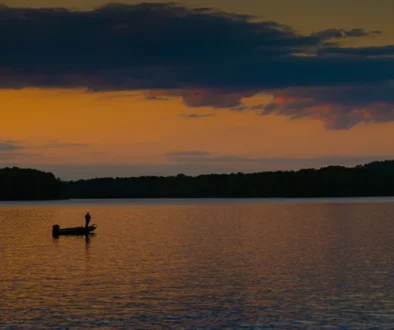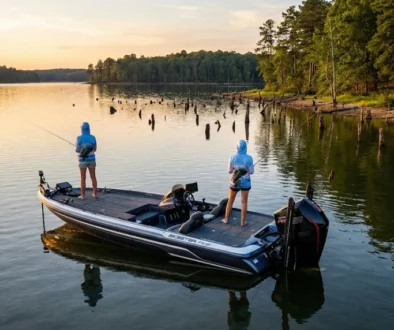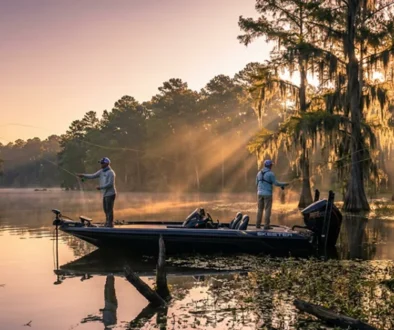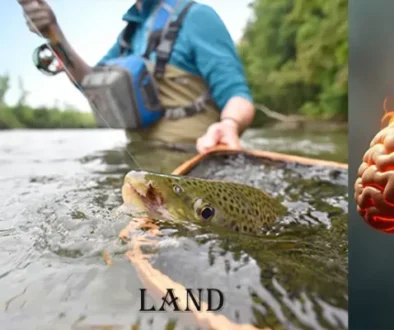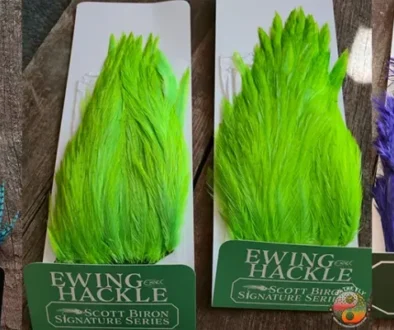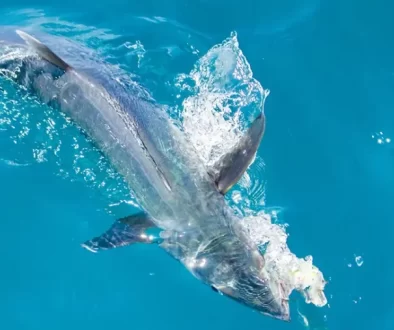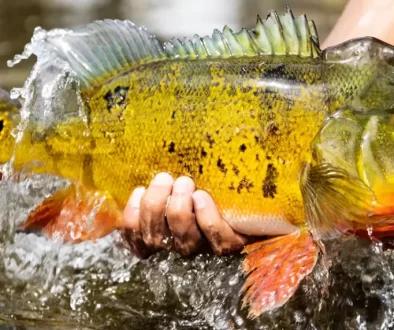Fly Fishing Oklahoma: Catch Bass, Panfish, Trout & Striper
Listen up, fellow fly fishing fanatics! If you haven’t experienced the incredible fly fishing scene in Oklahoma, you’re missing out on a real gem. I’m talking world-class angling for bass, panfish, trout, and even stripers – all right here in the Sooner State.
Oklahoma’s got it all, from serene streams to sprawling lakes. And with a little know-how and the right flies, you can have the fly fishing trip of a lifetime. Trust me, I’ve fished ’em all and keep coming back for more.
So grab your rod and let’s dive into what makes Oklahoma a fly fisher’s paradise. Get ready to hook into some serious fish tales and unforgettable memories on the water!
Table Of Contents:
- Best Fly Fishing Spots in Oklahoma for Bass, Panfish, Trout, and Striper
- Fly Fishing Techniques and Tips for Oklahoma Waters
- Best Flies to Fly Fish Oklahoma
- Understanding Oklahoma’s Trout Fisheries
- Planning Your Oklahoma Fly Fishing Trip
- FAQs in Relation to Fly Fish Oklahoma Bass Panfish Trout and Striper
- Conclusion of Fly Fish Oklahoma
- Done Fly Fishing Oklahoma, Have you Thought About
Best Fly Fishing Spots in Oklahoma for Bass, Panfish, Trout, and Striper
Oklahoma may not be the first state that comes to mind when you think of prime fly fishing destinations. But don’t let that fool you. This hidden gem has some seriously underrated spots for hooking into bass, panfish, trout, and even stripers on the fly. I’ve spent countless days exploring the rivers and streams across Oklahoma, and I’m always amazed at the quality of fishing here. One of my favorite spots is the Blue River. It’s a stunning stretch of water that winds through the southern part of the state. In the colder months, the Oklahoma Department of Wildlife Conservation stocks it with rainbow trout, making it a go-to destination for fly anglers looking to scratch their trout itch. But the Blue River isn’t just a one-trick pony. In the warmer months, you can find largemouth and spotted bass eagerly attacking streamers and poppers. And if you hit it right, the panfishing can be lights out with bluegill and longear sunfish smashing dry flies all day long. Another must-fish spot is the Lower Illinois River near Tahlequah. This is one of Oklahoma’s only year-round trout fisheries, thanks to the cold water discharged from the depths of Tenkiller Ferry Lake. The scenery here is straight out of a postcard with towering bluffs, lush forests, and crystal-clear water. And the trout fishing is top-notch with both rainbows and browns to be caught. Nymphing with pheasant tails and hare’s ears is always productive, but don’t be afraid to throw some streamers or even dry flies when the conditions are right.
Lower Mountain Fork River
If you find yourself in the southeastern corner of the state, the Lower Mountain Fork River below Broken Bow Lake is an absolute must. This is Oklahoma’s other year-round trout fishery and it’s a fly angler’s dream. The river is wide and easy to wade with plenty of structure to target. It’s known for its big browns, but you’ll also catch plenty of rainbows and even the occasional brook trout. I like to drift nymphs like copper johns and prince nymphs through the deeper runs and pools. But when the water is low and clear, throwing a big dry fly like a stimulator or hopper can produce some explosive takes. For a more off-the-beaten-path experience, head to Robbers Cave State Park near Wilburton. The small streams that flow through the park are home to a surprising number of rainbow trout in the colder months. It’s a bit of a hike to get to some of the best spots, but that’s part of the adventure. The scenery is rugged and beautiful with huge boulders, waterfalls, and steep cliffs. And when you hook into a feisty rainbow in such a remote and wild setting, it’s an experience you won’t soon forget.
Honey Creek at Turner Falls
Last but not least, Honey Creek at Turner Falls Park is a hidden gem that not many people know about. This small stream is stocked with trout in the winter and early spring, making it a fun and easy place to get your fly fishing fix. The creek is small and brushy in spots, so it can be a bit challenging to navigate. But that’s part of the fun. It forces you to slow down, pick your spots carefully, and really focus on your presentation. A stealthy approach and precise casts are often rewarded with a quick take from an eager rainbow.
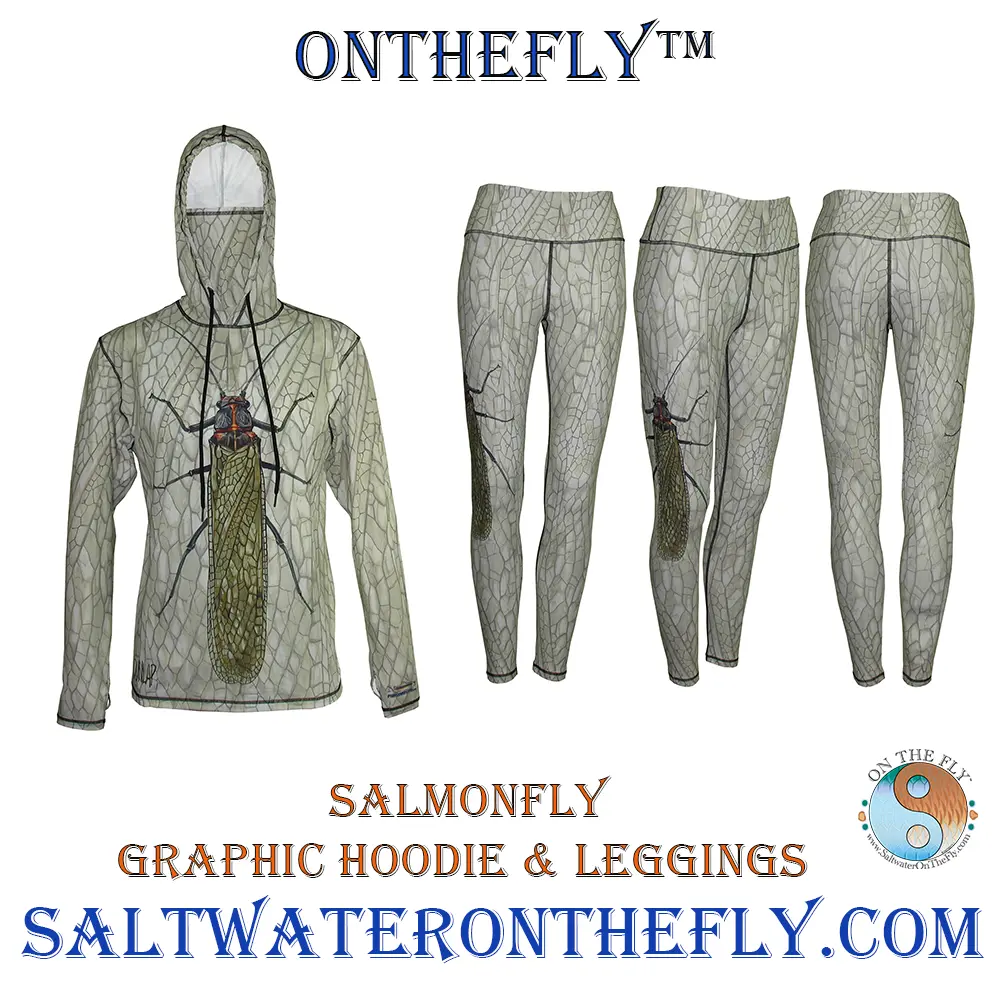
It’s important to wear good outdoor apparel on the water or trail. Our Salmonfly Graphic Hoodie and Patterned Leggings. Fly fishing apparel designed for the outdoors, UPF-50 sun protection, sewn in facemask and designed for comfort. Outdoor apparel designed by those in the outdoors and field tested.
So there you have it – some of the best spots to fly fish in Oklahoma for bass, panfish, trout, and stripers. Whether you’re a seasoned angler or just getting started in the sport, these destinations offer a little something for everyone.

Bass Fly Fishing in Oklahoma, Texas, or anywhere else, I like to tie my own popping frogs and mice patterns with Tidewater Fly Foam.
Fly Fishing Techniques and Tips for Oklahoma Waters
Now that we’ve covered some of the top spots to fly fish in Oklahoma, let’s dive into the tactics and techniques that will help you find success on the water. One of the things I love about fly fishing is the endless opportunities for experimentation and creativity. There’s no one “right” way to catch fish on the fly. It’s all about matching your approach to the conditions at hand and the species you’re targeting. When it comes to chasing bass in Oklahoma, streamer fishing is one of my favorite techniques. There’s just something about watching a big largemouth or smallmouth crush a streamer that gets my heart racing every time. I like to use a 6 or 8 weight fly rod with a floating line for most of my bass fishing. A heavy butt section helps turn over big flies and handle strong winds. For flies, I tend to lean towards baitfish patterns like game changers, double deceivers, and bead-head woolly buggers. When I’m fishing streamers, I’m always looking for areas with structure and current breaks. Bass love to ambush prey from behind rocks, logs, and drop-offs. So I’ll make short, targeted casts to those areas and use a strip-set to drive the hook home when a fish hits.
Nymphing for Trout
If you’re on the hunt for trout in Oklahoma, nymphing is a technique that consistently puts fish in the net. It allows you to get your flies down deep where the trout are holding and feeding. I usually opt for a 9 foot 6 weight fly rod with a matching Spectre fly reel and Spectre Presentation Floating Line. I’ll tie on a 9 foot 4X leader and then attach about 18 inches of 5X fluorocarbon tippet. From there, I’ll crimp on a split shot above my first fly and then tie on a second nymph about 12-18 inches below that. Some of my go-to nymph patterns for Oklahoma trout include pheasant tails, hare’s ears, prince nymphs, and copper johns in sizes 14-18. I like to focus on the deeper runs and pools, making upstream casts and then high-sticking my rod tip as the flies drift back downstream. When the sunfish are up and active, there’s nothing more fun than fooling them on dry flies. It’s a visual and exciting way to fish that’s perfect for beginners and experienced anglers alike. For panfish, I usually downsize my rod to a 3 or 4 weight to make the most of their scrappy fights. A 7.5 foot 4X leader is about right, with a short piece of 5X tippet added on. As far as flies go, it’s hard to beat a small popper or foam spider in sizes 8-12. Black, yellow, and green are all productive color choices. I also like to have some small dry flies like elk hair caddis, parachute adams, and griffith’s gnats in sizes 14-18 for when the fish are being a bit more selective. The key to success with dry flies is to find areas with active fish and then make accurate casts to them. Look for submerged logs, weed beds, and overhanging trees where the sunfish might be hiding out. Then, try to land your fly gently within a few inches of those structures and let it sit for a few seconds before giving it a twitch. Hang on tight when a fish hits because they can put a serious bend in a light rod.
Building Confidence on the Water
One of the most important things you can do to improve your fly fishing skills is to fish with confidence. Believe in your abilities and trust that you’re making the right decisions on the water. Of course, that’s easier said than done. We all have days where we feel like we can’t make a cast to save our lives or we question every fly choice and presentation. That’s just part of the game. The key is to keep a positive attitude and focus on the things you can control. Take the time to practice your casting in the backyard or at a local park. Study the water and look for signs of fish activity before making your first cast. And don’t be afraid to experiment with different flies and techniques until you find what works. Remember, even the best anglers in the world have off days and get skunked from time to time. It’s all part of the learning process. The more you fish, the more you’ll start to understand what works and what doesn’t. And as your confidence grows, so will your catch rates.
Keeping a Tight, Slack-Less Line
One of the most common mistakes I see beginner fly anglers make is not maintaining a tight, slack-less line during their drift. It’s an easy thing to overlook, but it can make a huge difference in your ability to detect strikes and set the hook. When you’re nymphing or fishing dry flies, you want to keep as much line off the water as possible. This helps you maintain direct contact with your flies and feel even the subtlest of takes. To do this, I like to keep my rod tip high and follow my drift with it. As the flies move downstream, I’ll slowly lower my rod tip to keep the line tight. If I need to make a mend, I’ll do it quickly and efficiently to avoid putting any slack into the system. It takes some practice to get the hang of it, but once you do, you’ll be amazed at how many more fish you start hooking up with. It’s a small detail that can have a big impact on your success. So there you have it – some of my top techniques and tips for fly fishing the waters of Oklahoma. Whether you’re chasing bass, trout, panfish, or stripers, these tactics will help you put more fish in the net and have more fun on the water. Remember, fly fishing is all about experimentation and adaptation. Don’t be afraid to try new things and think outside the box. And most importantly, enjoy the process and soak up the beauty of our state’s incredible fisheries. Tight lines.
Oklahoma Fly Fishing Tip:
Oklahoma’s waters are brimming with fly fishing adventures, from bass and panfish to trout and stripers. Hit spots like the Blue River or Lower Illinois River with tactics like streamer fishing for bass or nymphing for trout. For panfish, dry flies do the trick. Keep practicing, maintain a tight line, and watch your confidence—and catch rates—soar.
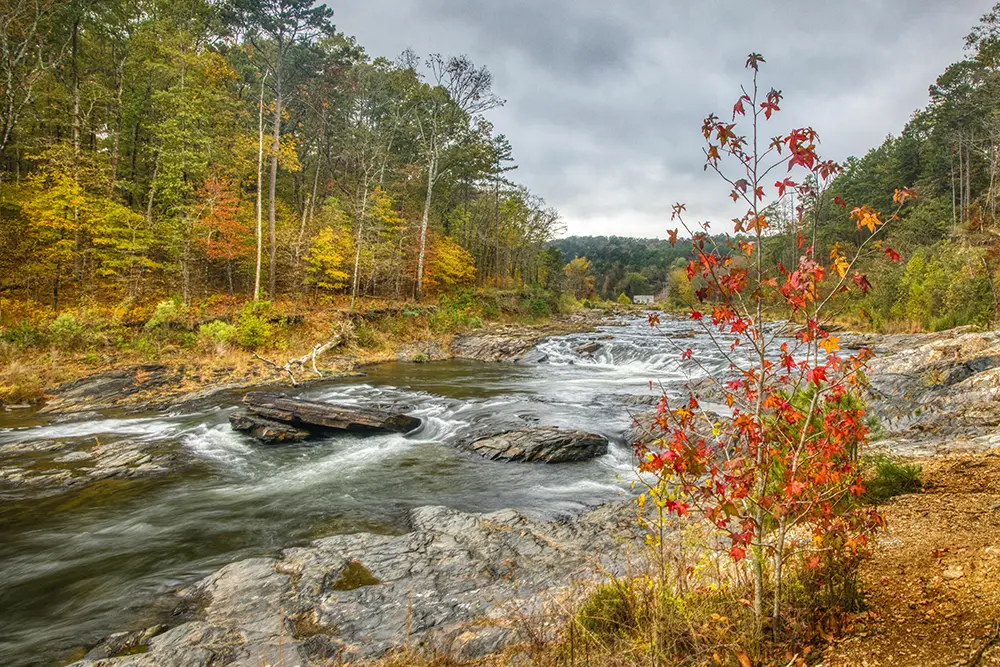
Best Flies to Fly Fish Oklahoma
When it comes to fly fishing in Oklahoma, having the right flies and lures can make all the difference. Trust me, I’ve spent countless hours on the water testing out different patterns and sizes to see what works best. If there’s one fly that I always have in my box, it’s the trusty woolly bugger. These versatile flies can imitate a variety of prey, from baitfish to leeches, making them irresistible to both bass and trout. I’ve had great success using size 6-8 olive bead head woolly buggers when targeting trout in Oklahoma’s waters. Strip them through deep pools and runs, and hold on tight when a feisty rainbow or brown trout slams your fly. For bass, I like to go a bit larger with size 2-4 woolly buggers in black, brown, or purple. Cast them near structure or along weed lines and retrieve with short, erratic strips to trigger aggressive strikes.
Elk Hair Caddis for Trout and Panfish
When the caddis are hatching, you can bet the trout and panfish will be looking up for a meal. That’s when I reach for an elk hair caddis dry fly. These buoyant flies float well in riffles and runs, making them easy for fish to spot. I prefer size 14-18 elk hair caddis in tan, olive, or gray to match the naturals. Cast upstream and let the fly drift naturally with the current. Watch for subtle rises or flashes beneath the surface, and be ready to set the hook when a fish takes your offering. Nymphing is often the key to success when trout are holding deep or not actively feeding on the surface. One of my go-to nymphs for Oklahoma’s trout is the pheasant tails.
These slender, buggy-looking flies imitate a variety of aquatic insects, from mayflies to stoneflies. I like to use size 16-20 pheasant tails in natural colors like brown, olive, and black. Fish them under an indicator or as part of a tandem rig with a larger attractor pattern. Focus on deep runs, pools, and pockets where trout are likely to be holding.
Streamers for Striped Bass
When the striped bass are running in Oklahoma’s rivers and lakes, it’s time to break out the big streamers. Fly Fishing Stripers in Oklahoma I like a Prestige 8 weight saltwater fly rod. For this very reason stripers are aggressive predators can’t resist a well-presented baitfish imitation. I’ve had great luck using 4-6 inch long streamers in white, chartreuse, or black. Deceiver-style patterns and Clouser minnows are my personal favorites. Cast across the current and let the streamer swing down and across, using short strips to impart action. Be prepared for explosive strikes when a striper crushes your fly. For my Clouser minnows, I also like to tie my own again. I do think sometimes it’s just a confidence thing, think my personal touch in bucktail usages is the ticket as they call it. Who ever they is.
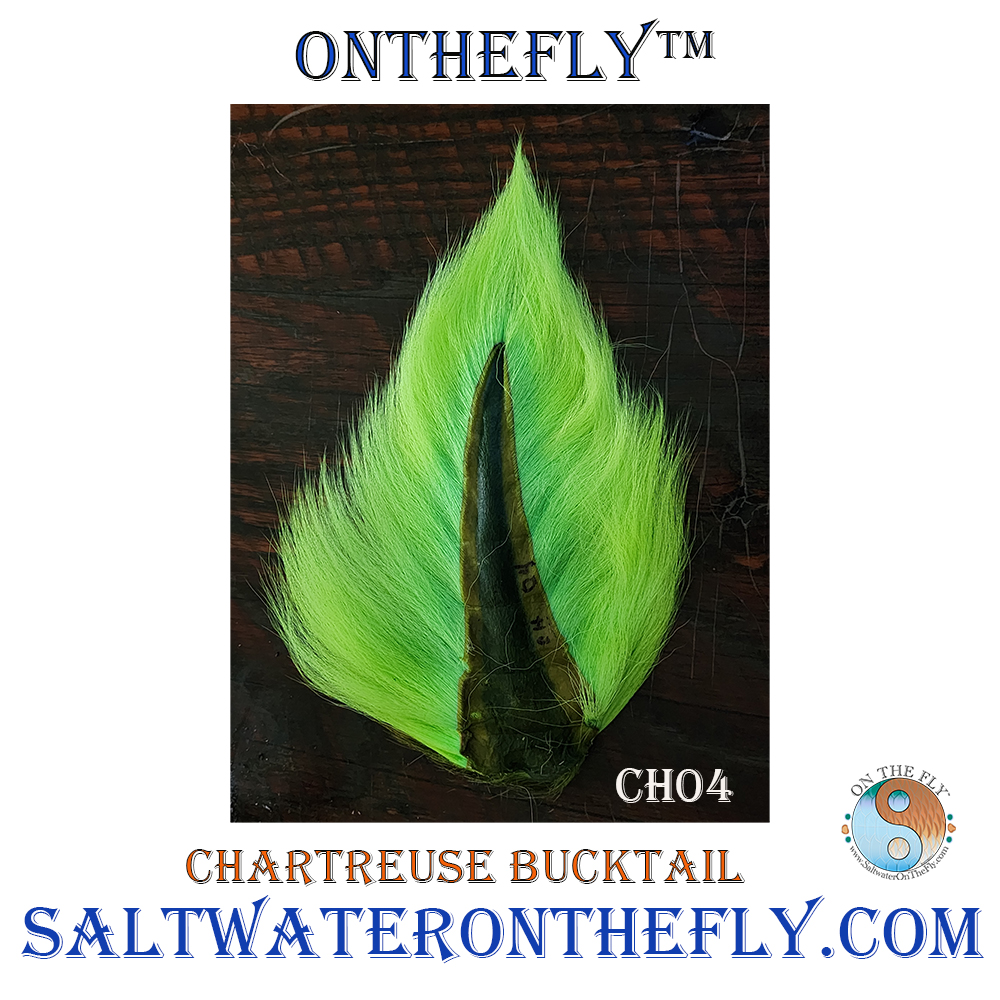
Understanding Oklahoma’s Trout Fisheries
Oklahoma may not be the first place that comes to mind when you think of trout fishing, but the state actually boasts some impressive fisheries. However, to make the most of your time on the water, it’s important to understand the unique characteristics of Oklahoma’s trout streams and lakes. One key factor to consider is whether you’re fishing a seasonal or year-round trout fishery. Oklahoma has both types, each with its own challenges and opportunities. Seasonal trout fisheries, like the Blue River and Medicine Creek, are typically stocked with hatchery-raised rainbows during the cooler months from November through March. These trout areas can offer fast action and easy access, but the fishing tends to slow down once the weather warms up. On the other hand, year-round trout fisheries like the Lower Mountain Fork River and Lower Illinois River support self-sustaining populations of rainbow and brown trout. These streams fish well throughout the year, but the trout can be more wary and selective, especially during the summer months.
Remember to visit Oklahoma Department of Wildlife online for your fishing license.
Stocking Schedules and Locations
If you’re targeting stocked trout, it pays to know when and where the fish are being released. The Oklahoma Department of Wildlife Conservation maintains a trout stocking schedule on their website, which can help you plan your trips around the most recent stockings. Some popular stocking locations include the Blue River near Tishomingo, Robbers Cave near Wilburton, and Medicine Creek near Medicine Park. These areas often see heavy fishing pressure right after a stocking, so be prepared for crowds if you go then. Personally, I prefer to wait a few days after a stocking to let the fish spread out and acclimate to their new surroundings. This can lead to a more natural and rewarding fishing experience.
Water Temperature and Level Considerations
Trout are cold-water species, which means they thrive in water temperatures below 70°F. In Oklahoma, this means the best trout fishing typically occurs from late fall through early spring when the water is cool. During the summer months, trout will seek out deep pools, springs, and other areas with cooler water. Focus your efforts on these spots, and fish early in the morning or late in the evening when temperatures are most favorable. Another factor to keep in mind is water level. Trout tend to be more active and easier to catch when water levels are stable or slightly elevated. Heavy rains can blow out a stream and make fishing tough, while prolonged dry spells can cause water temperatures to rise and oxygen levels to drop. Keep an eye on stream flow gauges and weather reports to help predict how the conditions will affect the fishing. Adjust your tactics accordingly, and don’t be afraid to explore different areas if your usual spots aren’t producing. By understanding these key factors and adapting your approach, you’ll be well on your way to success in Oklahoma’s diverse trout fisheries. Whether you’re chasing stocked rainbows or wild browns, there’s always something new to learn and discover in this often-overlooked trout fishing destination.
Oklahoma Fly Fishing Tip:
To nail fly fishing in Oklahoma, stock your box with woolly buggers for bass and trout, elk hair caddis for when the hatch is on, pheasant tail nymphs for deep-holding trout, and big streamers for stripers. Knowing your fisheries—seasonal vs. year-round—and checking stocking schedules can seriously up your game. Don’t forget water temp and levels matter a ton.
FAQs in Relation to Fly Fish Oklahoma Bass Panfish Trout and Striper
Can you fly fish for striped bass?
Absolutely. Striped bass hit flies, especially when you match the hatch or mimic their prey.
Can you fly fish in Oklahoma?
Oklahoma’s diverse waters welcome fly anglers. Bass, trout, and more make it a top spot for fly fishing.
What fish are caught with fly fishing?
Fly fishing bags trout, bass, panfish, and stripers. Each species offers a unique challenge on the water.
What lakes in Oklahoma have striped bass?
Lakes Texoma and Keystone teem with striped bass. They’re hot spots for landing these hard-fighting fish.
Conclusion of Fly Fish Oklahoma
Fly fishing in Oklahoma is an adventure like no other. From the thrill of battling feisty bass to the finesse of fooling wary trout, this state has something for every angler.
Remember, the key to success is knowing where to go, what techniques to use, and having the right flies in your box. With a little persistence and a lot of passion, you’ll be reeling in fish after fish in no time.
So what are you waiting for? Grab your gear and hit the water. Oklahoma’s incredible fly fishing for bass, panfish, trout, and stripers is calling your name. Trust me, you won’t be disappointed.
Tight lines and happy casting, my friend. Oklahoma’s fish are waiting for you!
Done Fly Fishing Oklahoma, Have you Thought About
Maybe a road trip to Livingston Montana’s Spring Creeks?

